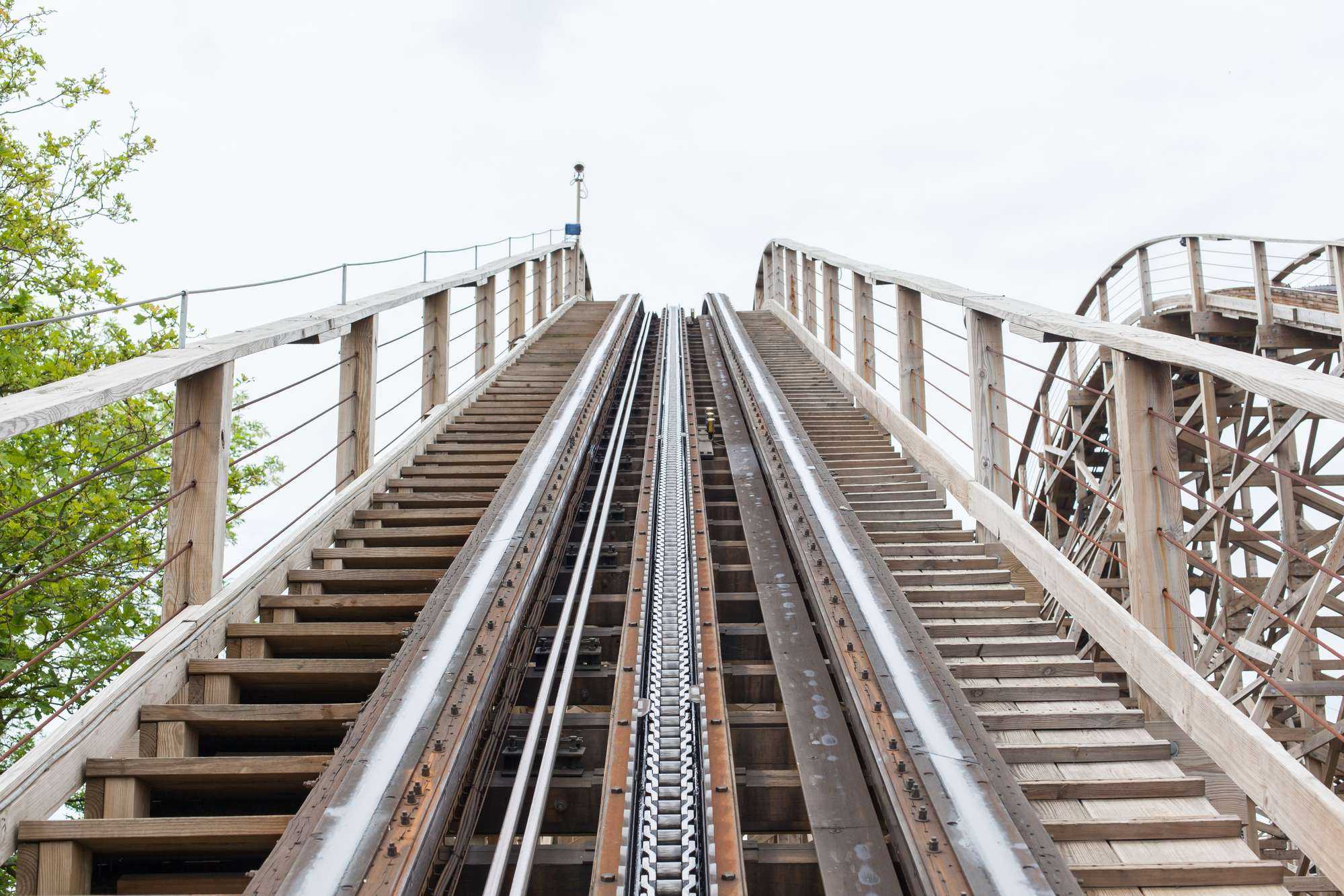BY SABRINA S. – 12 YEARS OLD
I think everyone can agree that this school year wasn’t all that good. Even for adults, we were all stuck at home and it was terrible.
This year, I chose to study online instead of studying in-person because there were still a lot of Covid cases, in fact there was a Covid outbreak in my school!
As the year started, I was enjoying waking up a little late since all I had to do was sit at my computer, no backpack, no packing lunches, no walking to school, and no wearing a bunch of layers in the winter.
It was great in the beginning, but then, the wifi problems started occurring, and for recess, I couldn’t go outside, no vitamin D or fresh air, I was still stuck making my own lunch though.
I became a pretty good cook, besides that one time when I almost burnt myself but I was getting quite good.
I thought online school would be easier than in-person school because I wouldn’t have to wear masks, but the amount of homework I got each day was absurd. When I got done with one assignment, I was greeted with many others I had to complete before the end of the day.
I still did all of them before the deadline, quite proud of that.
“Success only comes to those who dare to attempt.”

